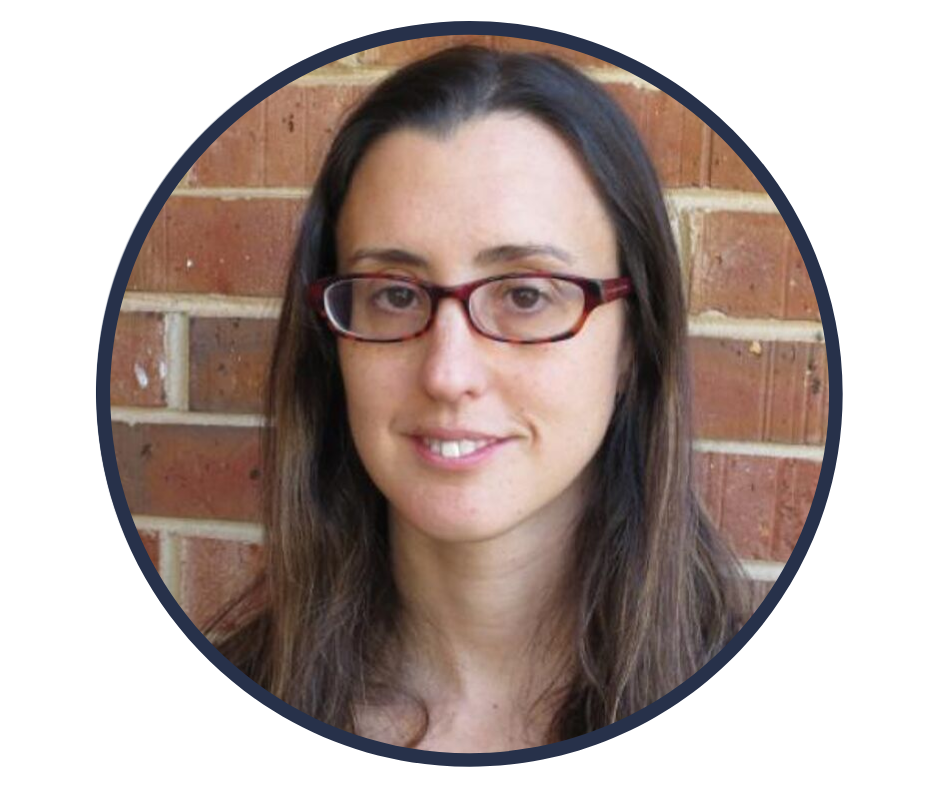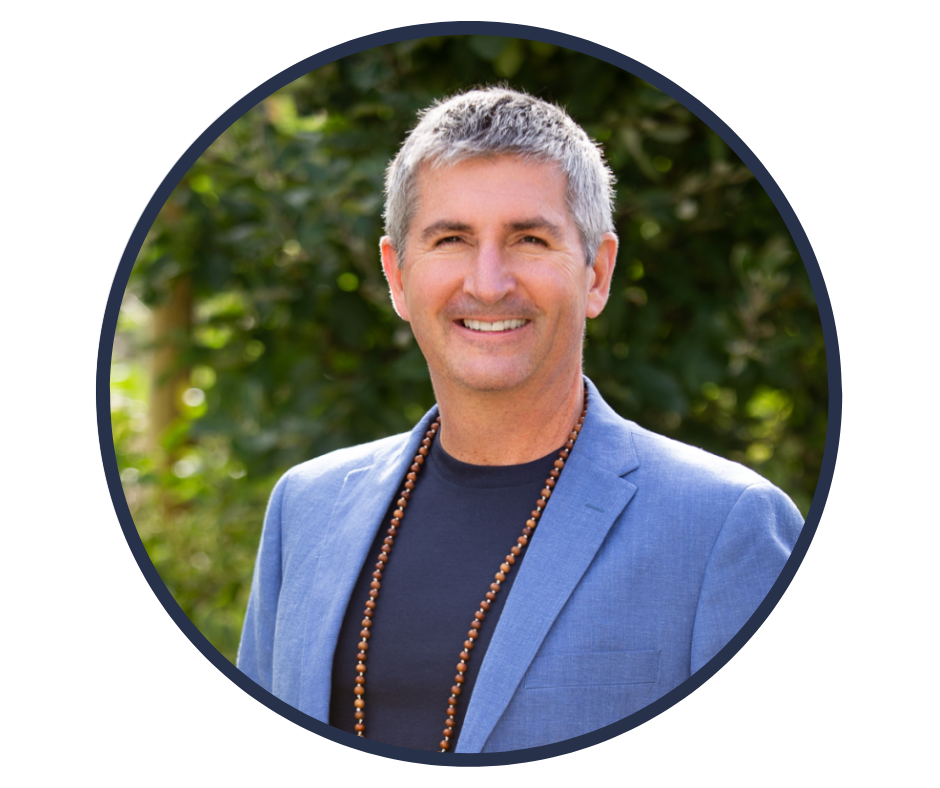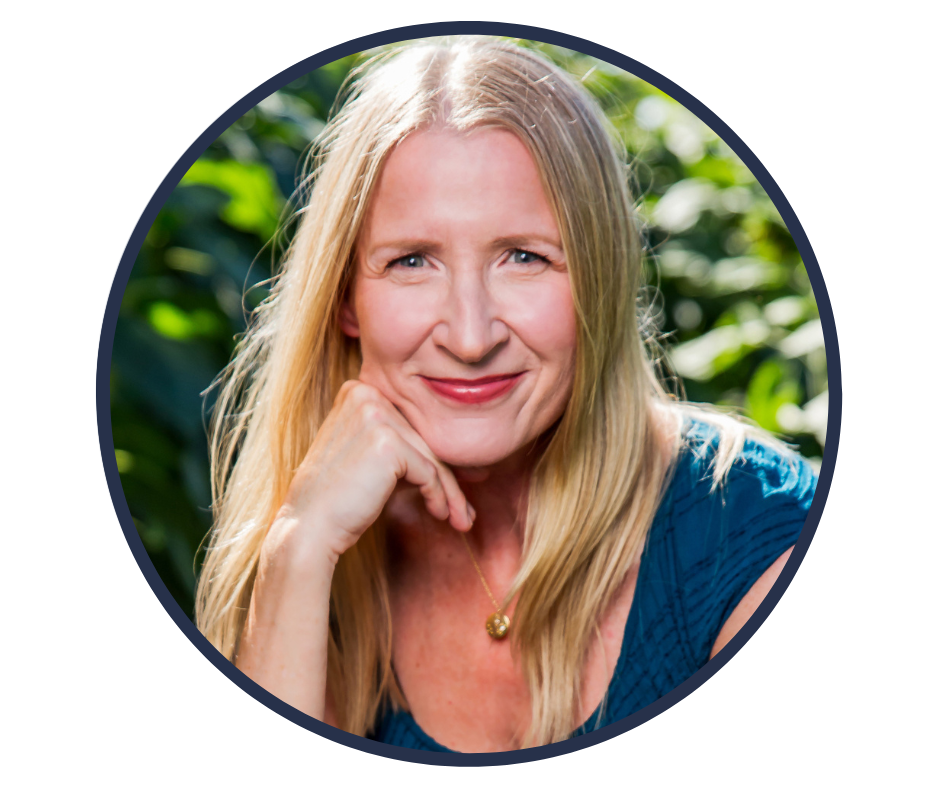Evidence-Informed Practice, Yoga Philosophy, and the Pelvic Floor
By: Nataliya Zlotnikov, MSc, HBSc ∙ Estimated reading time 4 minutes
By: Nataliya Zlotnikov, MSc, HBSc ∙ Estimated reading time 4 minutes
Evidence-Informed Practice, Yoga Philosophy, and the Pelvic Floor
As the title of this blog suggests, we will be discussing yoga in the context of evidence-based practice and as it relates to the pelvic floor.
Can evidence-informed practice and yoga philosophy co-exist? Should we be teaching and cueing Kegels?
The answers to these and other related questions are discussed below.
This blog is based on two distinct but related courses:
- Yoga and Science in Pain Care Chapter 2: Current Research in Yoga and Pain, and
- PhysioYoga and the Pelvic Floor.
First, we will present a brief history of evidence-based medicine and how it relates to yoga. Then we will jump into some current trends in yoga, providing you with some clinical applications for pelvic health.
Let's go!
Evidence-Informed Practice & the Yoga Timeline
Evidence-informed practice (EIP) or evidence-based medicine (EBM) is an important component of clinical practice today.
What you may not know though, is that as late as 2009, only half of medical schools were teaching EBM. That was just 12 years ago!
When did Yoga originate? Well, there is evidence that yoga dates back to 2700 BCE (Government of India Ministry of External Affairs), predating EIP by a few good years.
Can we Research Yoga from a Modern Medicalized Lens?
This difference in time begs the question, can we research yoga from a modern medicalized lens?
What do you think?
Some people believe we cannot study yoga from this perspective as doing so would disregard the complexity, tradition, and philosophy of thousands of years of yoga.
Steffany Moonaz, Ph.D., C-IAYT and author of the second chapter of Yoga and Science in Pain Care, takes a slightly different perspective.
EIP Aligns with Yoga Philosophy and is Not Counter to it!
Steffany believes that it is important to look to the places where evidence-informed practice and yoga philosophy intersect.
The ways that we engage in EIP actually do incorporate some key elements of yoga philosophy!
Have a look at the figure below from Steffany's presentation. We can see that the Samkhya Yoga Philosophy concepts on the left, align in interesting ways with the three elements of evidence-informed practice on the right.
They may not be directly correlated or overlap perfectly, but, they all use elements of each other.

Yoga in Today’s World
Let's switch our gears a little bit.
As clinicians, we know the many reasons why evidence-based practice is essential. It allows us to standardize dosing, generate objective and standardized clinical protocols, improve patient outcomes, increase safety, and more.
We also now have evidence supporting the vast health benefits of yoga, many of which were likely just as present over 4000 years ago, long before Canadian physician Gordon Guyatt ever coined the term evidence-based medicine.
So let's check in with what is happening with yoga in parts of our world today, both in and outside of clinical practice.

Current Trends in Yoga
The current trend is that the general population is looking to yoga not just for overall health and wellness anymore, but for specific health concerns and/or rehabilitation.
Now, more than ever before, healthcare practitioners around the world are integrating yoga into their healthcare practices and recommending it to their clients.
Who is Using Yoga Clinically?
Yoga is not limited to studio or fitness settings anymore. It's also being offered as Yoga Therapy in a wide and diverse range of healthcare settings.
In 2015, a collaborative study by the International Association of Yoga Therapists (IAYT) and Maryland University of Integrative Health surveyed a few hundred yoga therapist members of the IAYT asking them to describe the setting where they work. Below are the results of this survey.
As you can see, yoga therapists are employed in a wide range of settings.
Now that We Are Caught Up
Now that we're caught up on the intersectionality of evidence-informed practice and yoga philosophy, and understand that yoga is being used much more widely today in a diverse range of healthcare settings, we can introduce Shelly Prosko's course, PhysioYoga and the Pelvic Floor.
In this course, Shelly ties in evidence-based medicine with years of clinical physiotherapy and yoga therapy experience.
The techniques offered in the course are intended for immediate use in a physiotherapy clinic or yoga therapy setting.
Shelly aims to offer a theoretical and experiential integration of accessible and practical yoga methods and philosophy with evidence-informed practices to enhance overall pelvic floor health and wellness.
To Kegel or not to Kegel?
Do you prescribe Kegels to your clients?
The answer to the question, to Kegel or not to Kegel, may not be as simple as we think.
Here is a snippet from Shelly Prosko's course 'PhysioYoga and the Pelvic Floor':
Too Tense? Relax with Supported Extended Child's Pose!
Many of our clients (maybe even ourselves) experience muscle tension, including pelvic floor muscle tension.
Let's wrap up today's discussion with a snippet of an exercise for you to try from Shelly Prosko's PhysioYoga and the Pelvic Floor course (and resource package) that can help support the relaxation of the pelvic floor muscles.
May you have a relaxed and peaceful day~
Resources and references
- Course: Yoga and Science in Pain Care Chapter 2: Current Research in Yoga and Pain with Steffany Moonaz, Shelly Prosko, Neil Pearson, and Marlysa Sullivan
- Course: PhysioYoga and the Pelvic Floor with Shelly Prosko
- Blog: Yoga and Science in Pain Care: Can We Do Better for Those in Pain?
---
Date published: 10 June 2021
Last update: 10 December 2025

MPT, C-IAYT
Marlysa is a physiotherapist and yoga therapist with over 15 years of experience working with people suffering with chronic pain conditions. She is an Assistant Professor in Yoga Therapy and Integrative Health Sciences at Maryland University of Integrative Health and holds an adjunct position at Emory University, where she teaches the integration of yoga and mindfulness into physical therapy practice in the DPT program. She is also the author of Understanding Yoga Therapy: Applied Philosophy and Science for Well-being and co-editor of Yoga and Science in Pain Care: Treating the Person in Pain as well as several peer-reviewed articles.
Marlysa has been involved in the professionalization of the field of yoga therapy through the educational standards committee of IAYT, which helped to define the competencies for the field, and in characterizing the yoga therapy workforce through research. Her research interests focus on defining the framework and explanatory model for yoga therapy based on philosophical and neurophysiological perspectives.

PhD, C-IAYT

PT, MSc(RHBS), BA-BPHE, C-IAYT, ERYT500
Neil is a physical therapist, yoga therapist, author, researcher, Clinical Associate Professor at the University of British Columbia, faculty in three IAYT-accredited yoga therapy programs, board member for the International Association of Yoga Therapists and pain care advocate. He conducts research into the effects of yoga on veterans with chronic pain and people with osteoarthritis. Neil is the recipient of awards honouring his work in pain care, patient education and physiotherapy by Queen’s University, the Canadian Pain Society and both provincial and national physiotherapy associations, including the Canadian 2021 Medal of Distinction.
Neil is a consultant to Partners in Canadian Veterans Rehabilitation Services, and to Lifemark’s 300+ clinics in Canada. Neil is a past board member for Pain BC, Canada’s premier non-profit transforming the way pain is understood and treated. He co-authored – Yoga and Science in Pain Care 2019, authored the patient education ebook, Understand Pain Live Well Again in 2008, and is lead contributor to many free patient resources offer by Pain BC.
For more information and course offerings, see www.paincareaware.com

PT, C-IAYT, PCAYT
Shelly has been helping people recover and flourish since 1998 as a physiotherapist, yoga therapist, educator, author and pioneer of PhysioYoga, blending evidence-informed body-mind-breath-spirit-heart centered practices and principles, such as yoga, into physiotherapy with a focus on chronic pain, pelvic health, compassion in healthcare and professional burnout. She is on faculty at several therapy programs, presents at medical conferences globally, contributes to academic research and writing, provides classes, courses and resources for the general population, and offers continuing education courses and mentorship for professionals.
She considers herself a lifelong student and emphasizes the immense value gained from clinical experience and learning from those she serves, the professionals she teaches, and the colleagues with which she collaborates.
Shelly is the co-editor/author of the book Yoga and Science in Pain Care: Treating the Person in Pain and has authored numerous book chapters in a variety of rehabilitation textbooks.
She maintains a clinical practice in Sylvan Lake, Alberta and believes compassion (including self-compassion), meaningful connections, spending time in nature and sharing joy are powerful contributors to rehab and well-being.
Visit www.PhysioYoga.ca to learn more.

